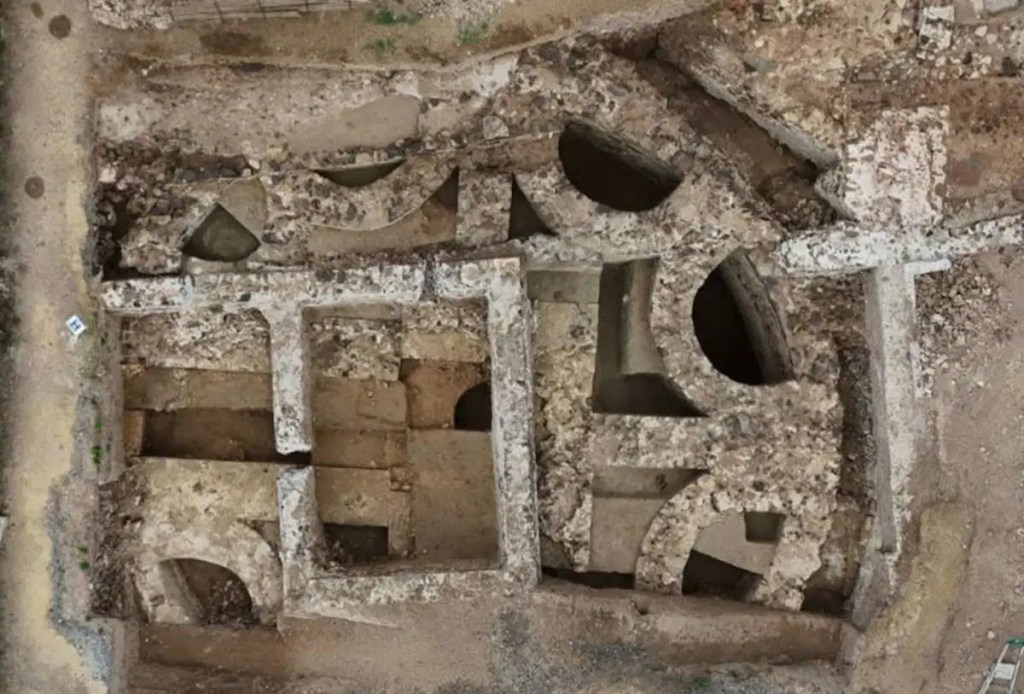A well-preserved Roman mausoleum, modeled after the famous Mausoleum of Augustus in Rome, was discovered by archaeologists in Saint-Romain-en-Gal, near Lyon, France.
Constructed around 50 CE, the interior of the structure measures more than 50 feet in diameter and is thought to have had 20-foot-tall ceilings. It would have been visible to those in the Roman colony Vienna and can be seen along the Rhône River.
“This was a person who, even in death, remained present in the world of the living,” Giulia Ciucci, archaeologist and scientific director of the Saint-Romain-en-Gal museum site, told Arkeonews. “The resemblance to the emperor’s mausoleum suggests a figure of significant political power and influence.”
Related Articles

The monument’s opulence and location indicate that it was likely constructed for a member of the aristocratic elite who had a strong connection with imperial authority.
It is one of only 18 mound mausoleums found in France and is the only known circular elevation monument in such well-preserved conditions.
Not only does the mausoleum provide a rare look at the conditions of Roman Gaul, but also provides further evidence of a connection between the two locales. (The Mausoleum of Augustus in the Campus Martius is the massive tomb and final resting place of Rome’s first emperor.)
In addition to the mausoleum, archaeologists also unearthed the remains of three ancient shops that date from the 1st and 2nd centuries CE. A fire that destroyed the shops at the time helped preserved wood structures and artisan tools.
Two of these workshops would have once been occupied by fullers who cleaned and reinforced wool, while a kiln found in the third shop indicates that it would have been used for glassmaking or culinary purposes.
The shops were initially identified in the 1980s, and would have been part of a larger commercial complex with at least eight units that is indicative of a thriving class of local artisans and workers.
“The quality and diversity of these remains will allow us to better understand local commerce,” Benjamin Clément, professor of Roman archaeology at the Université de Franche-Comté, told Arkeonews. “We know much about long-distance trade in this period, but it is rare to have such well-preserved evidence of everyday local economic activity.”
Excavations at the site are expected to continue in collaboration with universities in Aix-Marseille, Université de Franche-Comté, and the CNRS through 2027.

